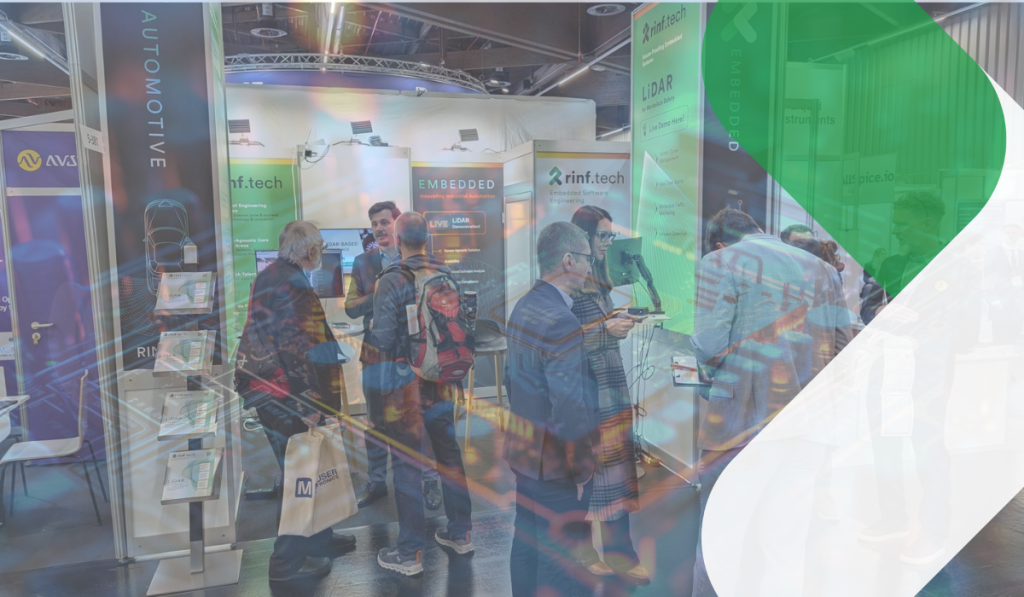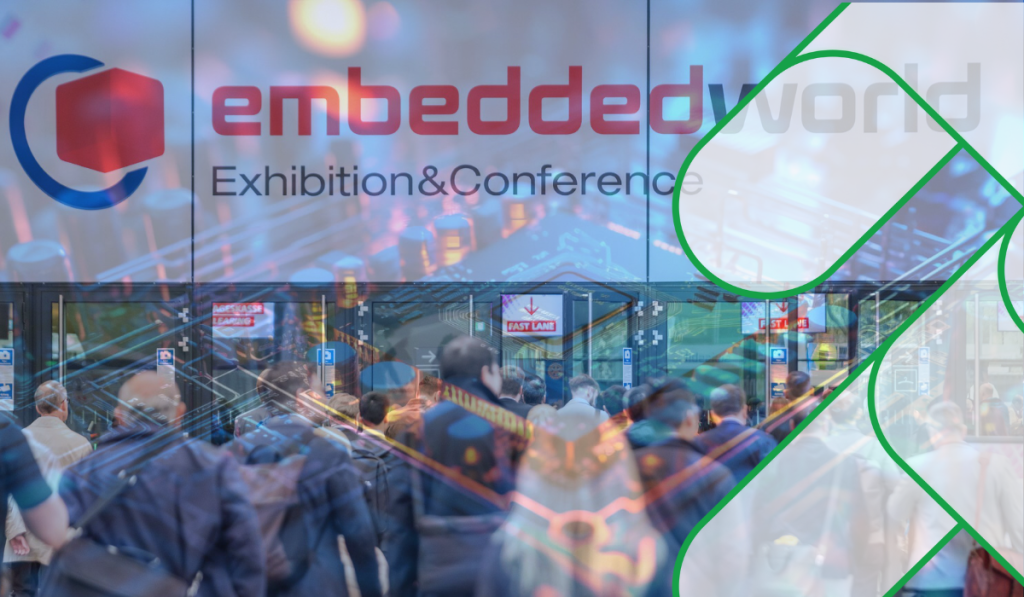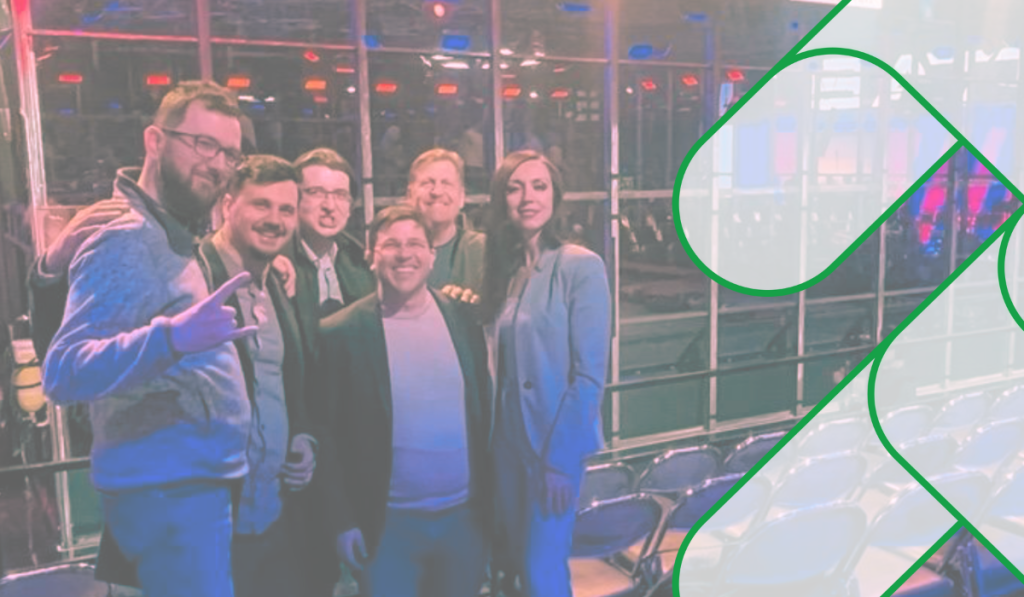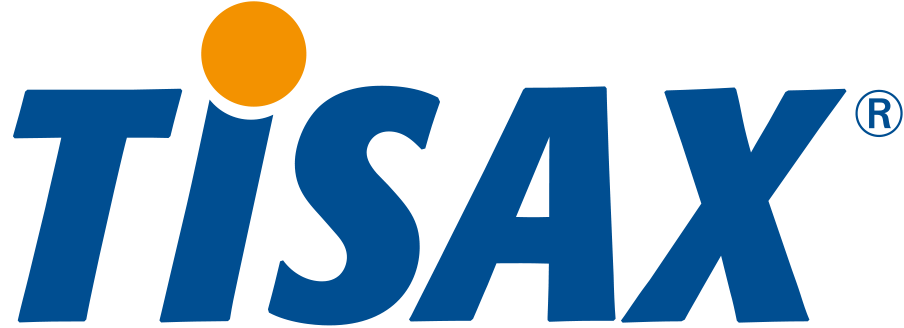NVIDIA’s Innovations in Gaming, AI and Robotics
At CES 2024, NVIDIA, a leader in AI and gaming tech, revealed a lot of new and exciting advancements that are changing the world of gaming, content creation, generative AI, and robotics. They focused on the power of generative AI, showing NVIDIA’s significant role in this area. Some key things they talked about include launching the TensorRT-LLM library for Windows, which makes large language models work better on RTX PCs, and the new Chat with RTX playground. This innovation lets users improve the accuracy and reliability of generative AI models by combining them with different data sources. NVIDIA also showed off its progress in digital avatar tech with its Avatar Cloud Engine (ACE), which uses generative AI to create lifelike digital avatars for use online and on PCs.
In partnership with Getty Images, NVIDIA introduced a generative AI service by iStock, powered by NVIDIA Picasso, for creating 4K images from text. This uses an AI model trained on Getty Images’ colossal library. They also unveiled the GeForce RTX 40 SUPER Series GPUs, designed to enhance gaming and generative AI. These GPUs, like the RTX 4080 SUPER and RTX 4070 Ti SUPER, offer more power, faster memory, and significant performance boosts for high-end gaming and content creation.
NVIDIA’s collaboration with Twitch and OBS for Enhanced Broadcasting and the open beta of RTX Remix highlight their focus on improving gaming. They’re also all in on AI with RTX laptops and the wide use of RTX tech in over 500 games and apps, including new ones from Activision and Blizzard. Plus, they’ve got things like Day Pass membership and Cloud G-SYNC tech for GeForce NOW. Finally, NVIDIA showed off its Isaac platform, which is all about more innovative robotics, demonstrating their commitment to innovation in different areas. Overall, NVIDIA’s announcements at CES 2024 show they’re leading the way in tech, offering unique experiences for gamers, creators, and tech enthusiasts worldwide.
Panasonic’s GREEN IMPACT Initiative
At CES 2024, Panasonic stood out with its focus on sustainability and innovation. They launched the “Panasonic GREEN IMPACT” initiative, a significant move towards reducing carbon footprints and supporting a circular economy. This initiative covers a wide range of solutions for a zero-CO2 society, like using renewable energy, developing high-performance electrodes for green hydrogen, air-to-water heat pumps, and intelligent systems for managing energy use.
Panasonic also announced exciting partnerships with companies like Fisker and Infinity in the automotive and mobility sectors. They introduced sustainable audio systems and the Neuron platform, a high-tech solution for improving vehicle software and making electronic control units more efficient.
Panasonic also shared new sustainability partnerships and technologies, like the eco-friendly KINARI material and Bio CO2 Technology, designed to fight climate change and improve crop growth. They’re also committed to STEM education, with programs like the “Innovators for Impact” initiative. Panasonic’s presence at CES 2024 showcased its dedication to enhancing lifestyles while prioritizing sustainability and technological advancement.






